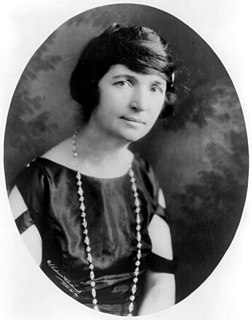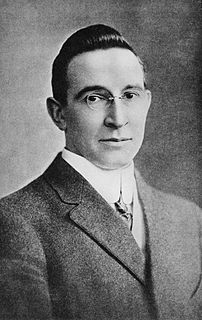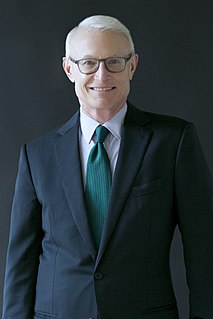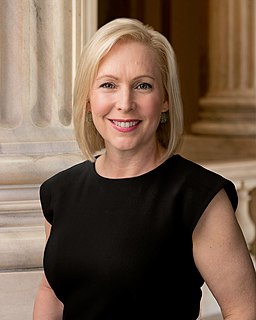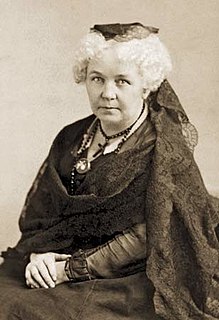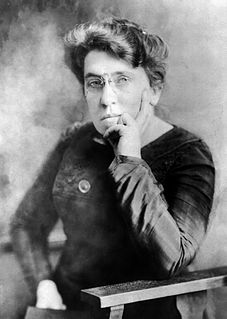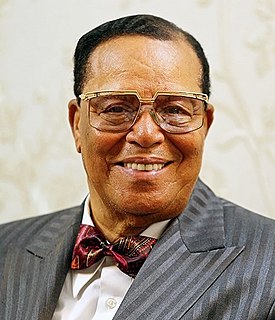A Quote by Margaret Sanger
Women of the working class, especially wage workers, should not have more than two children at most. The average working man can support no more and and the average working woman can take care of no more in decent fashion.
Related Quotes
Employers, have you ever stopped to reckon what the goodwill of your workers is worth? ... In most large concerns it would be worth more in dollars and cents to have the goodwill of the working force than of those on the outside. It has been repeatedly demonstrated that the average working force is capable of increasing its production 25% or more whenever the workers fell so inclined. Workers animated by ill will cannot possibly give results equal to those of workers animated by goodwill. The tragic fact appears to be that a tremendous number of working forces are not so animated.
We need to stop buying into the myth about gender equality. It isn't a reality yet. Today, women make up half of the U.S. workforce, but the average working woman earns only 77 percent of what the average working man makes. But unless women and men both say this is unacceptable, things will not change.
At this moment in history, millions of 'working dads' are desiring to do what they do not feel they have the right to do: be more devoted as a dad, less devoted as a worker. This feeling is far more ubiquitous among men executives than women executives in many areas of the world because, for instance, Asia-Pacific women executives today are more than six times as likely to not have children than men executives are. The Asia-Pacific executive man is about six times as likely to be a working dad as an executive woman is to be a working mom.
Competitiveness is defined as the ability of companies to compete while maintaining or improving the average standard of living. If you are cutting wages to become more competitive, that's not really more competitive. It's raising the skill and the efficiency of those workers so that they can support and sustain that higher wage.
